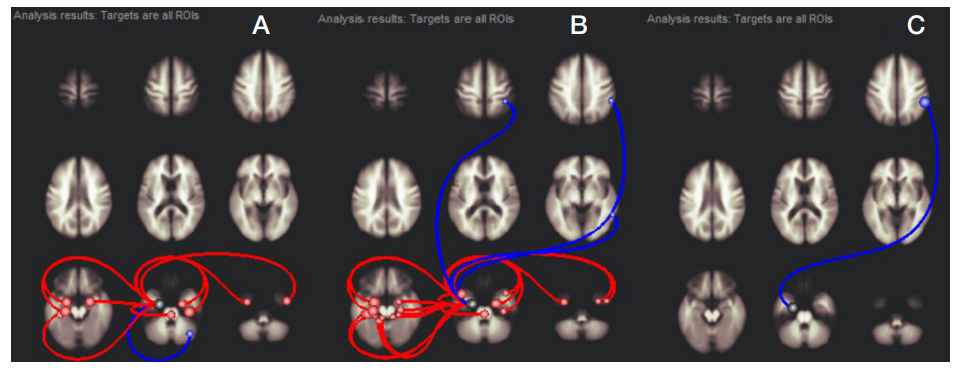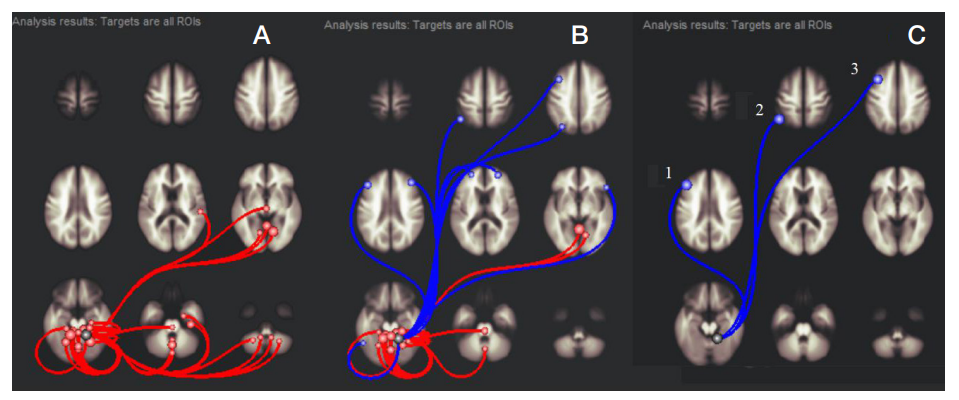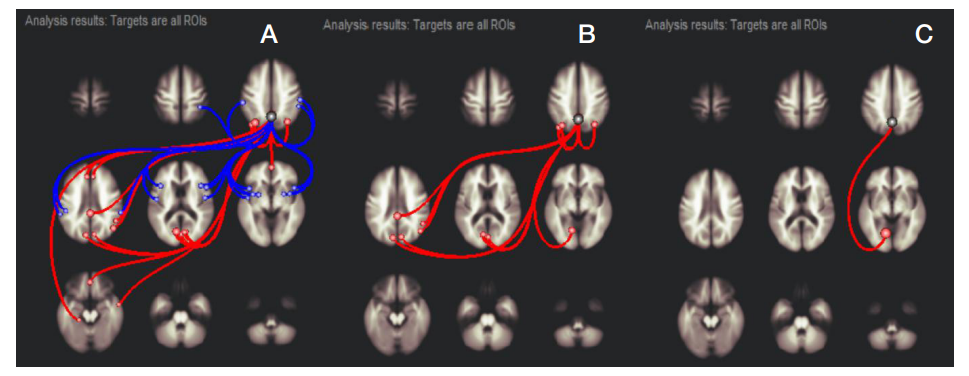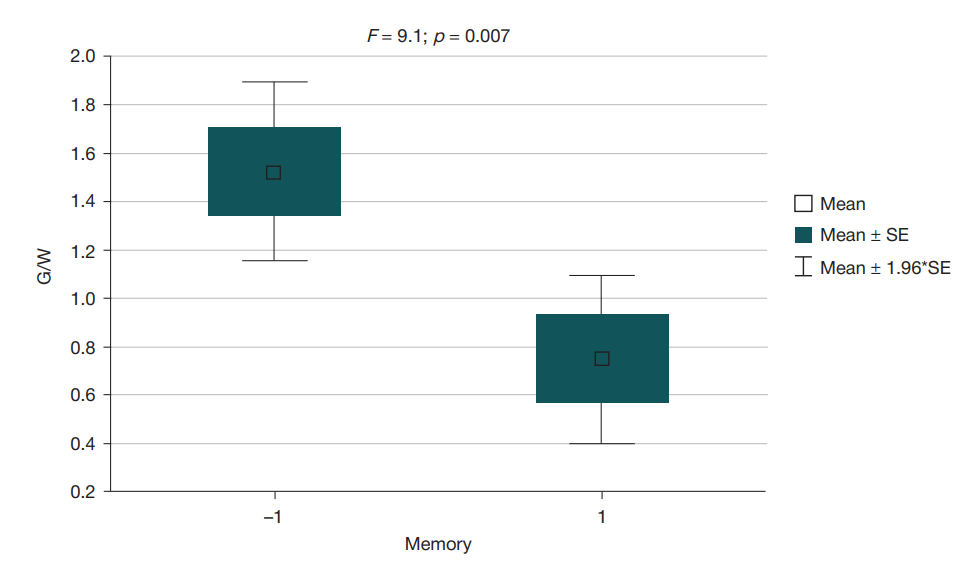
This article is an open access article distributed under the terms and conditions of the Creative Commons Attribution license (CC BY).
ORIGINAL RESEARCH
Brain connectivity changes in patients with working memory impairments with chronic ischemic cerebrovascular disease
Research Center of Neurology, Moscow, Russia
Correspondence should be addressed: Vitaly F. Fokin
Volokolamskoye shosse 80, Moscow, 125367; ur.liam@fvf
Funding: the study was ordered by the Research Center of Neurology (Federal Research Institution).
Author contribution: Fokin VF — data analysis, article authoring; Ponomareva NV — psychometric and neuroimaging data collection and analysis, participation in authoring the article; Konovalov RN — neuroimaging, processing of the results; Krotenkova MV — neuroimaging, analysis of the results; Medvedev RB — clinical examinations, analysis of the literature; Lagoda OV — analysis of the clinical data; Tanashyan MM — generalization of the clinical material in the context of the results obtained.





